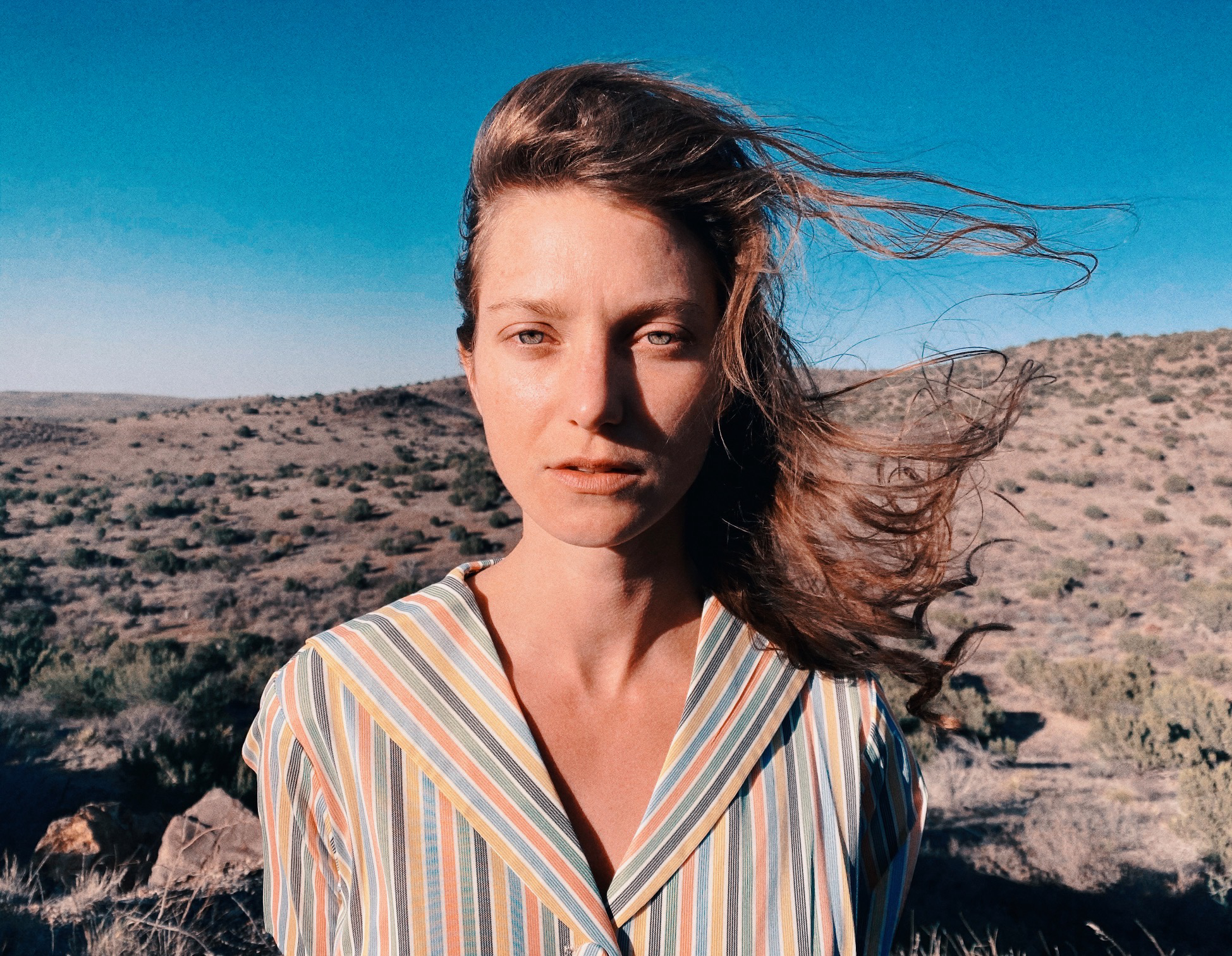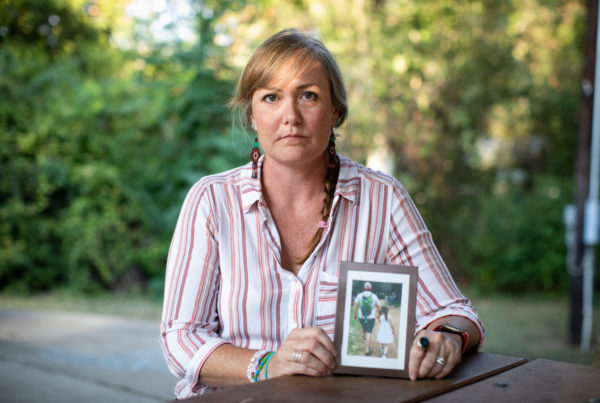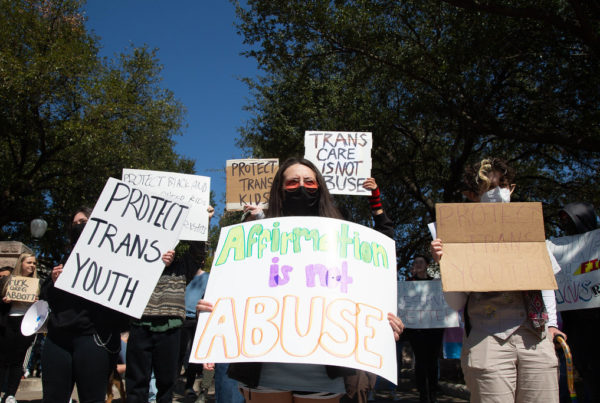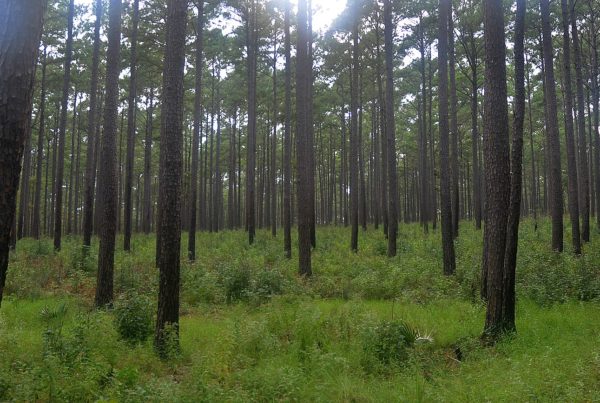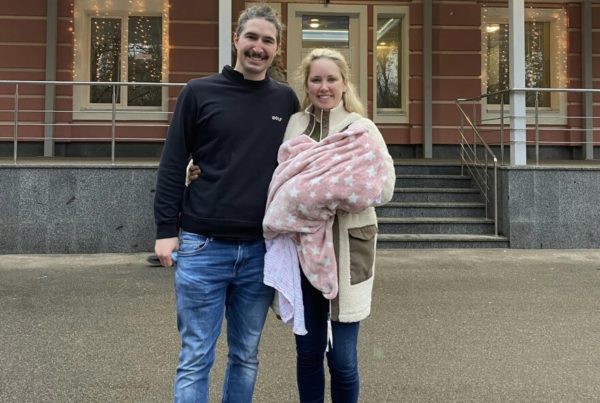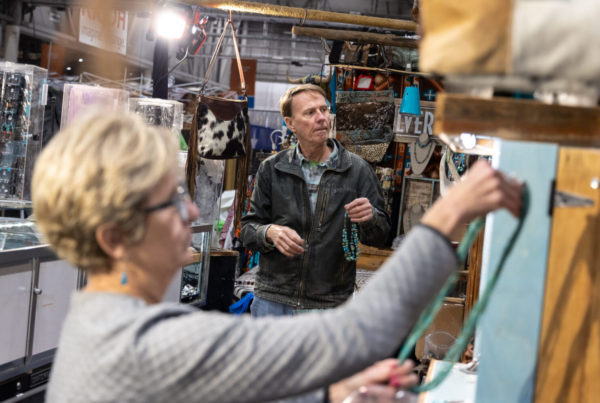Texas music has gone through so many iterations over the years that a sense of place doesn’t always come through in a song or album. But that isn’t true for the music of country artist Carson McHone.
In McHone’s latest album, “Still Life,” her Texas roots shine through (even though McHone now splits her time between Austin and Ontario, Canada.) And it’s a departure from her previous recording, “Carousel,” which was described by critics as dark and evocative.
Texas Standard spoke with McHone about what inspired “Still Life,” the role of the pandemic in her work and her collaboration with producer Daniel Romano. Listen to the interview in the audio player above or read the transcript below.
This interview has been lightly edited for clarity.
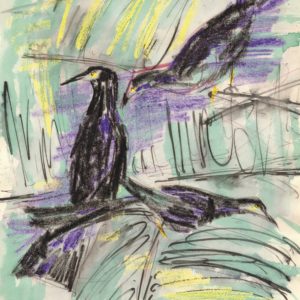
The album cover for McHone’s “Still Life.” Courtesy Merge Records
Texas Standard: What were you thinking about when you first began making this new album?
Carson McHone: For this one in particular, I mean, these songs were sort of written in between tours, in these little slices of time that I found myself having a slight bit of pause when I could sort of reflect. And, you know, I sort of wrote these songs in seclusion, which was, like, my only chance to have space in my own head when I wasn’t on the road, always in the company of other people, touring.
And then similarly, when I went to make the record, to record these songs, had been in seclusion because of the pandemic. But it was definitely not my intention to make something that sounded particularly different. It was just part of the process.
You’ve incorporated a lot of different instruments here: accordion, piano, synth, saxophone. It sounds like you had the time to spread your wings a bit.
Yeah. I think the touring that I did right before everything sort of screamed to a halt was really liberating for me. I was playing sets that they felt almost aggressive, you know? And I felt like I had never really performed in that way before. I think that I had sort of leaned into this feeling of tension and restraint, and then making these songs come to life for the record with Daniel Romano, who produced the record and who also played a lot of these instruments with me, we were, together, able to sort of capture that.
How much of that was because it was a change of place? You recorded this in Ontario, right?
Yeah, I did. For example, there were a couple of songs that I had demoed in Texas before bringing them to Ontario, to Daniel, to play with him that were really stripped down, very minimal. And I felt like this is how I felt when I wrote this song, but I’ll never be able to play it like this. How can I make it something that I can can carry night after night, which was really, I think, weighing on me too.
I’d been doing a lot of touring and carrying lots of songs that I felt like I was done carrying, that I was done being a part of, emotionally. So with these new songs, I had that in mind.
You mentioned Daniel Romano, and he has been described as the kind of musician who makes country music for people who don’t like modern country music.
We exercise lots of different styles when we create, and whatever you find yourself in, I think that he can move fluidly throughout those different styles. And people have – there’s something there that people are always grabbing onto, whether or not they thought they would like that kind of music or not.
And the music that Daniel and I were sharing back and forth together leading up to making this record was, I mean, I don’t think any of it was was country. I was listening to Randy Newman and Scott Walker and Bob Dylan, and there’s rock and roll, there’s folk influence and there’s an immediacy to all of that.
I would like to think that people still recognize a certain type of voice coming from me. I mean, I’m using language that comes naturally to me, and I hope that people recognize my character, people who have known me. But I’m paying attention to what’s going on behind these songs that we love. It’s almost the subtleties that end up elevating a guitar lick, like, the shaker that becomes monumental to the sound of a song, you know? You didn’t even notice it – Oh, that’s what that was! That just, like, filled something out here that gave, or even [gave the song] space. But there’s still a rawness to something that’s filled out.
A little bit earlier you were talking about the spaces and the places “in between,” and then there’s a lyric that says, “I’m stuck here inside still life, but I’m still alive.” Is that the pandemic talking? What’s going on there?
No, that was written before. And I think it’s playing on a lot of different levels. Not all of these stories are my own. I’ve had suicide and dementia and in my family, and this mental awareness, or lack of that, that can make things difficult to move through. And when you grasp at something and you feel as if you’ve finally got it, there it is, and how do you move forward with that?
I think that’s sort of the moment that this record is trying to communicate, is that sort of brief suspension where you have this perspective and what will you do with it? And in that way, I think it’s hopeful, even though there is some despairing in these lyrics, or some of them. But I think just the fact that that moment can exist and that we captured it in a record is hopeful in itself. The creation happened. I did something with that.


